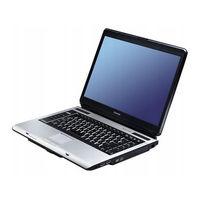Toshiba PSMA0U-0F201T Manuals
Manuals and User Guides for Toshiba PSMA0U-0F201T. We have 1 Toshiba PSMA0U-0F201T manual available for free PDF download: User Manual
Advertisement
Advertisement
